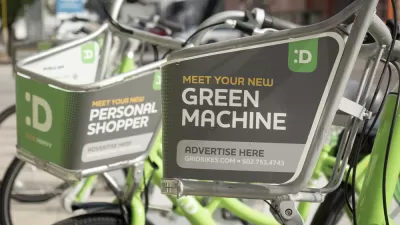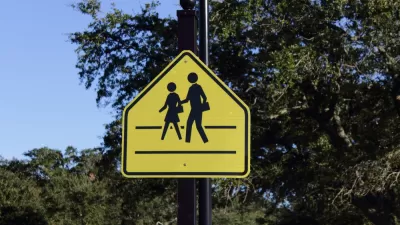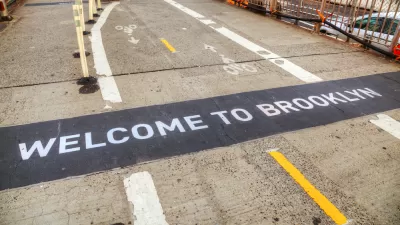A review and summary of Janette Sadik-Kahn's "Street Fight: Handbook for an Urban Revolution," by Bay Area architect and environmentalist Todd Jersey.

The short version of how Janette Sadik-Khan and her team transformed New York City streets to make them more bike and pedestrian friendly is that they: 1) started small, and built on the success of each project; 2) used creativity, planning, and paint, rather than construction and expense; and 3) researched, used data, and were tireless in their efforts to convince businesses, residents, and representatives to give the projects a try. In a review and summary of Sadik-Khan's book about her experience, Bay Area architect and environmentalist Todd Jersey writes:
. . . as those of us in the trenches of reclaiming the public realm from car dominance know, the loudest voices of resistance are owners of street-facing (mostly) small businesses. Sadly, these business owners cling to the old idea that shoppers come by car and that any changes to how cars move and park have a negative impact on sales. The book tells a different and important story (which Sadik-Kahn counsels we must know well in order to educate others). That is, contrary to the decades-old popular belief, it’s pedestrians (and now bicyclists in increasing numbers) that drive sales to street-level businesses, not drivers of cars. There is now an ever-increasing amount of research that demonstrates conclusively that changes to our streets which support bike and pedestrian activity have a profoundly positive impact on street-level businesses.
Jersey also summarizes several of her projects, and notes that this type of "rebalancing" of streets is not only important to making urban environments more pleasant and equitable, but is critical for saving thousands of lives each year lost to car vs. pedestrian collisions. If you've been wondering whether to read Sadik-Khan's book, start with Jersey's review.
FULL STORY: How Sadik-Khan clawed back the streets of NYC for walkers and bikers – book review

Alabama: Trump Terminates Settlements for Black Communities Harmed By Raw Sewage
Trump deemed the landmark civil rights agreement “illegal DEI and environmental justice policy.”

Study: Maui’s Plan to Convert Vacation Rentals to Long-Term Housing Could Cause Nearly $1 Billion Economic Loss
The plan would reduce visitor accommodation by 25% resulting in 1,900 jobs lost.

Planetizen Federal Action Tracker
A weekly monitor of how Trump’s orders and actions are impacting planners and planning in America.

Wind Energy on the Rise Despite Federal Policy Reversal
The Trump administration is revoking federal support for renewable energy, but demand for new projects continues unabated.

Passengers Flock to Caltrain After Electrification
The new electric trains are running faster and more reliably, leading to strong ridership growth on the Bay Area rail system.

Texas Churches Rally Behind ‘Yes in God’s Back Yard’ Legislation
Religious leaders want the state to reduce zoning regulations to streamline leasing church-owned land to housing developers.
Urban Design for Planners 1: Software Tools
This six-course series explores essential urban design concepts using open source software and equips planners with the tools they need to participate fully in the urban design process.
Planning for Universal Design
Learn the tools for implementing Universal Design in planning regulations.
Caltrans
Smith Gee Studio
Institute for Housing and Urban Development Studies (IHS)
City of Grandview
Harvard GSD Executive Education
Toledo-Lucas County Plan Commissions
Salt Lake City
NYU Wagner Graduate School of Public Service





























